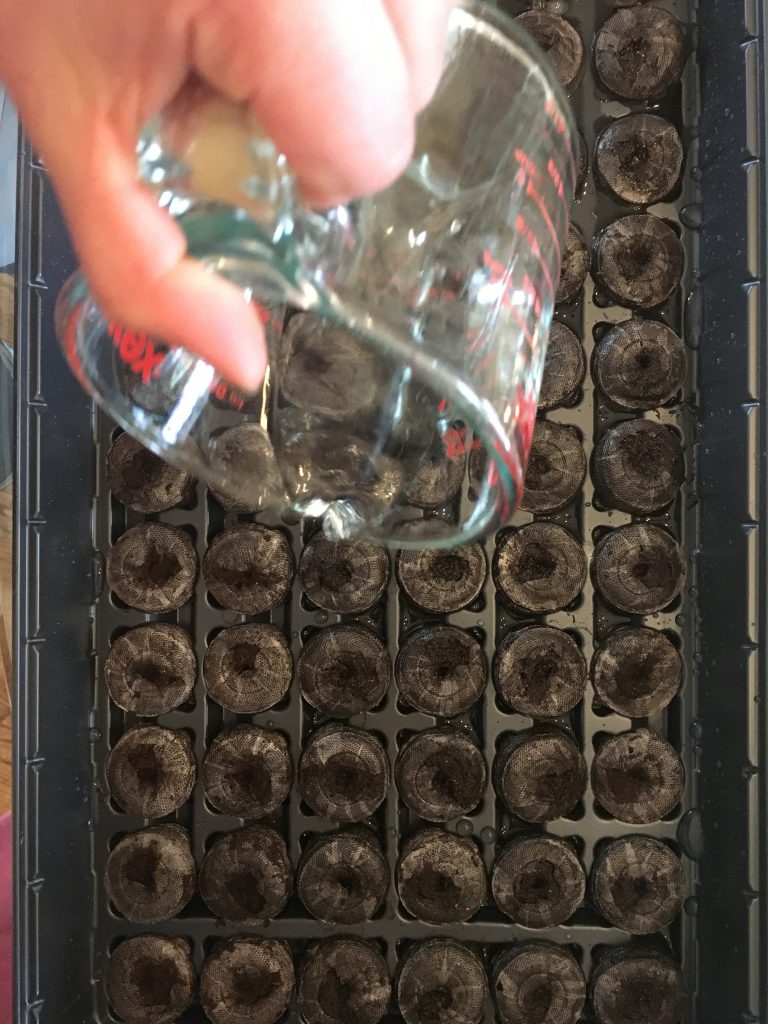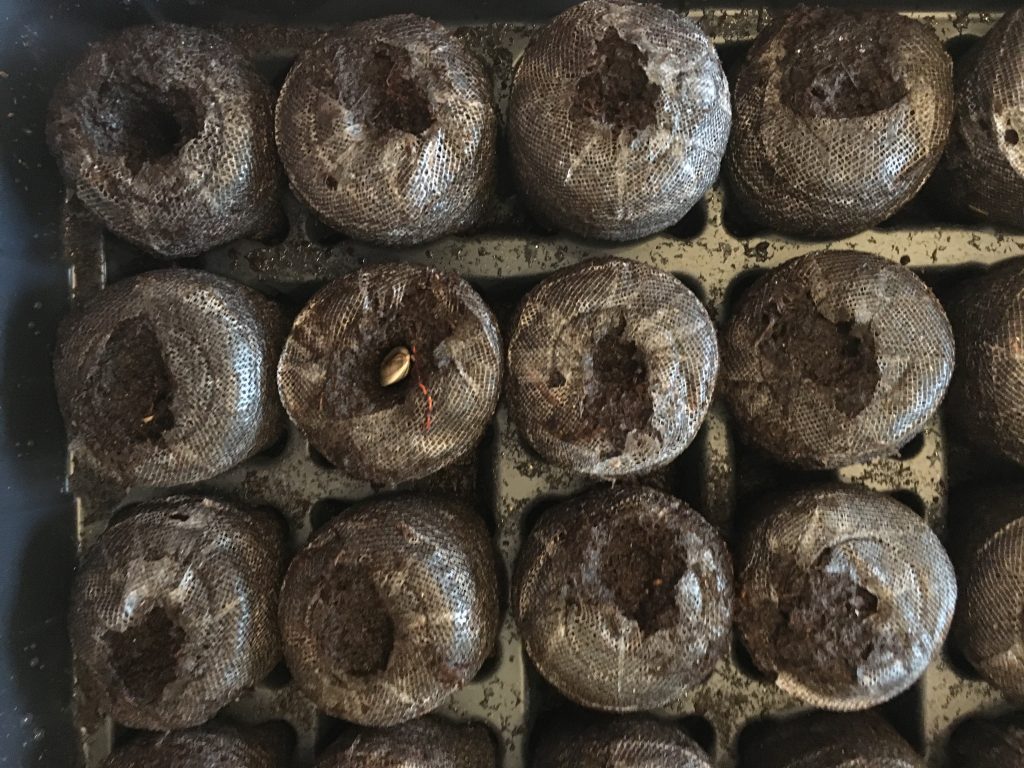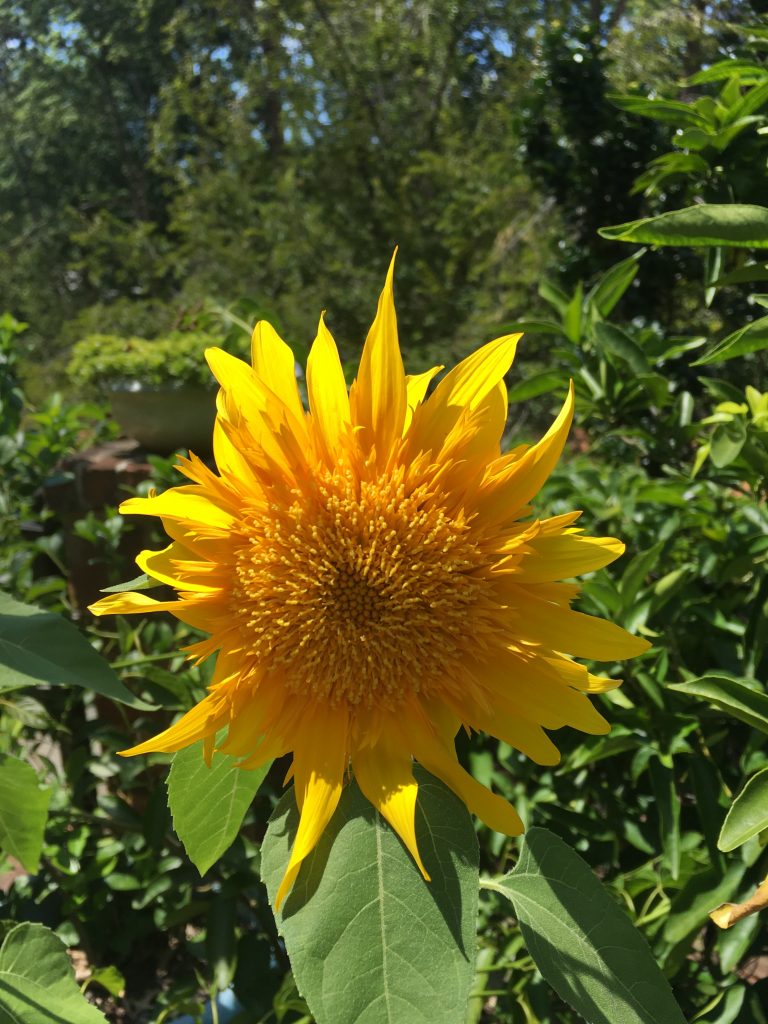I have loved gardening for as long as I can remember. I love going to the farmers’ market and picking out plants, going outside and getting covered with dirt in the garden, and, most of all, eating or admiring the delicious fruits, vegetables, and flowers that are produced. However, sometimes I don’t have access to already-sprouted plants that I want to grow. Sometimes this is because I simply can’t find any store or market that has the plants, or, in this year’s case, I cannot go to the store because of the pandemic. In this situation, you can germinate your own seeds indoors! While this post is a little different from usual because it is not exactly an experiment, gardening is a really fun hobby that involves a lot of science!
What you need:
- Seeds for the plants you want to grow
- A seed germination tray
I have mentioned in my “Growing Fruit Trees from Pits and Seeds” post that not all seeds can be germinated using this method. Click here to visit that post and get some more insight on seeds that cannot be germinated in a seed germination tray.
Steps:
- Pour water into your tray until the seed pods cannot absorb any more water.

- Use a pencil to poke a hole in each seed pod.

- Place a seed in each pod, and cover each seed with dirt.

- Cover the tray with the plastic dome, and water the tray as stated on the packaging of the seed tray.
- When your seeds start to sprout, transfer them into a pot and place them outside for a couple of hours a day. Gradually increase the time they are left outside until the plants get strong enough to stay outside full time. Here are some sunflowers that I started in a seed germination tray in March, that I have now moved outside.

What science is involved in this?
When water is heated up, it goes from a liquid to a gas state in a process called evaporation. When a plant outside is watered, the water is slowly evaporated into the sky to form clouds, and the plant is dry until the next time it rains or the plant is watered. The plastic covering on the seed tray traps the water inside the tray, creating a humid environment. Humidity is the amount of water vapor that is in a gas. You can see many of these small water droplets that are trapped by the dome lining the plastic covering after a few days. The humid environment helps the seeds germinate faster because it keeps the soil moist. When a dry seed comes into contact with moist soil, the seed begins to take up water through its seed coat. As it takes up more water, the seed expands and the seed coat cracks open. The embryo inside the seed has a small shoot and a root. The root is the first to emerge from the seed. As it grows, it anchors the plant to the ground and begins absorbing water through the root. After the root absorbs water, the shoot begins to emerge from the seed.
